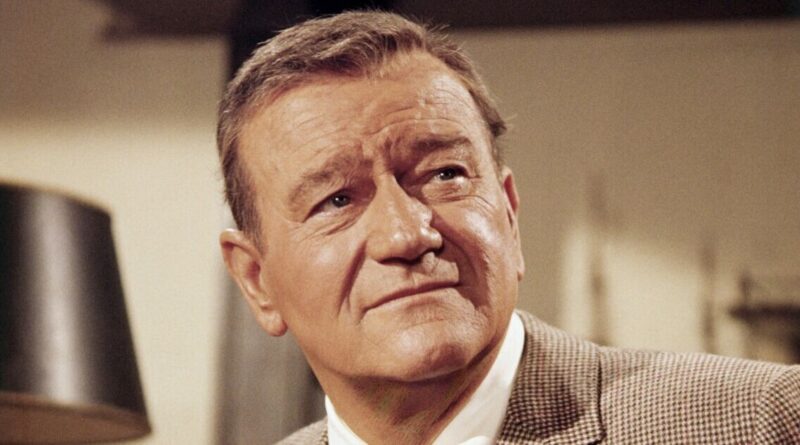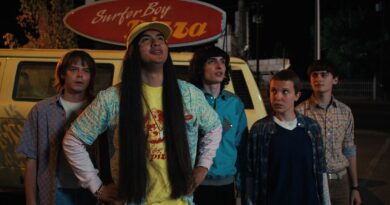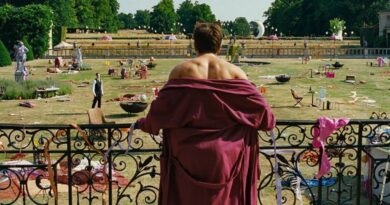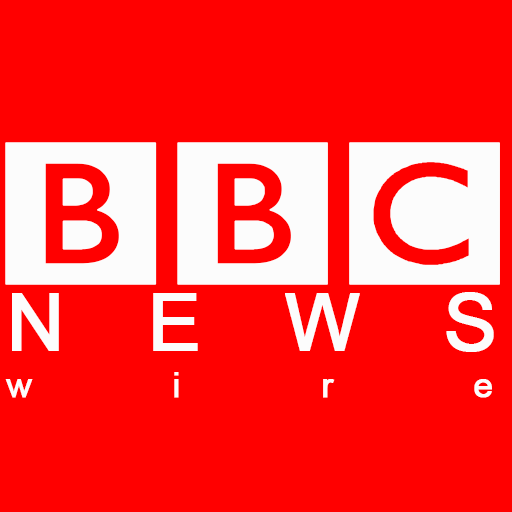John Wayne’s 3 favourite films including 1 that launched Duke’s career | Films | Entertainment
When a Hollywood legend like John Wayne racks up a filmography of more than 170 titles, narrowing down a list of personal favourites might seem near impossible.
From 1926 to 1977, Wayne, nicknamed ‘Duke’, worked across various genres – best remembered for his Westerns and war epics, but also appearing in police dramas, adventures and romantic comedies.
Some of these projects became Oscar-winning classics, while others quietly faded into history.
But in 1976, while promoting what would be his final film The Shootist, Wayne surprised fans by revealing exactly which three films stood out to him the most.
Appearing on The Phil Donahue Show for an audience Q&A, the Hollywood legend was asked which of his many films he cherished above the rest. His answer gave a candid glimpse into the projects that meant the most to him – for very different reasons.
Stagecoach (1939)
By the late 1930s, John Wayne had appeared in dozens of low-budget Westerns, many for Monogram and Republic Pictures, often playing unnamed cowboys or generic leads in B-pictures made for Saturday matinees. Then came Stagecoach. Directed by John Ford and released in 1939, the film transformed Wayne from a simple actor into a star.
Wayne played the Ringo Kid, an outlaw who joins a group of passengers on a dangerous stagecoach journey through Apache territory. His entrance remains one of cinema’s most famous introductions, when the camera zooms in on his rugged face as he twirls his Winchester rifle.
Stagecoach was nominated for seven Academy Awards, winning two (Best Supporting Actor for Thomas Mitchell and Best Music).
“I stepped on that stagecoach and it’s carried me a long way,” Wayne said on Donahue, acknowledging that this was the film that set the rest of his career in motion.
Hatari! (1962)
Wayne’s second pick couldn’t have been more different. Hatari! – Swahili for “danger” – was an adventure comedy directed by Howard Hawks, released in 1962.
The film followed a group of professional game catchers in Tanganyika (modern-day Tanzania) who capture wild animals for zoos. Wayne played Sean Mercer, the leader of the group, in a film that blended thrilling action sequences with light humour and a romantic subplot.
For Wayne, the appeal went far beyond the script. “I liked Hatari!, which is a picture we made in Africa, because I had a three-month safari for free – you know, I mean rich men don’t get that, you know.”
The production was famously shot entirely on location in East Africa, using real animals rather than special effects. Wayne and his co-stars – including Hardy Krüger, Red Buttons and Elsa Martinelli – spent months in the African bush, with Hawks encouraging improvisation and real animal wrangling for authenticity.
The result was a laid-back, atmospheric film with stunning wildlife photography by Russell Harlan and a light Henry Mancini score. Its most enduring legacy may be the playful ‘Baby Elephant Walk’, composed for one of the film’s scenes, which became a hit.
The Quiet Man (1952)
Wayne’s third favourite was The Quiet Man, John Ford’s romantic drama set in rural Ireland. Released in 1952, the film starred Wayne as Sean Thornton, an Irish-born American boxer who returns to his ancestral village to reclaim his family farm.
There, he falls in love with the fiery Mary Kate Danaher, played by Maureen O’Hara, leading to a courtship that culminates in one of the most famous fight sequences in film history.
“[Also] The Quiet Man, because I got to work with all of the Abbey Players and some forebears of my own family,” Wayne told Donahue.
Ford shot the film largely on location in County Mayo and County Galway, using vibrant Technicolor to capture the Irish landscape. It was a passion project for both Ford and Wayne, who had tried for years to get it made.
Hollywood studios were initially reluctant to back a romantic drama without gunfights, but Wayne and O’Hara’s star power eventually secured the budget.
The film went on to win two Academy Awards – Best Director for Ford and Best Cinematography – and received five additional nominations, including Best Picture.





